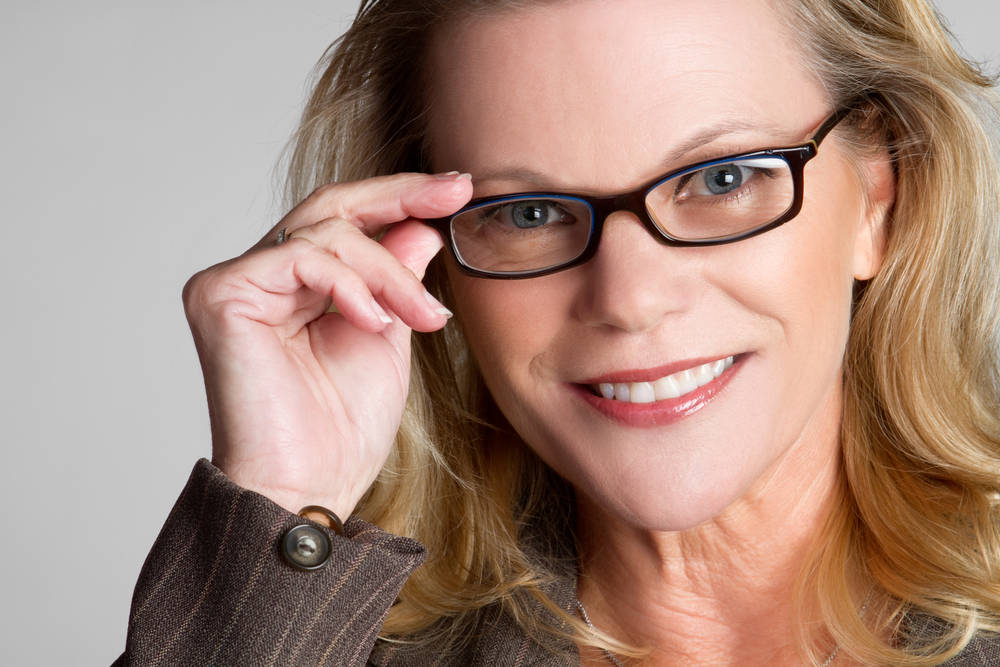Glaucoma, Cataracts and Macular Degeneration

Your eyesight is one of your most important senses, greatly affecting your ability to enjoy life, interact with your family and friends, and engage in meaningful work. Anything that can limit or destroy your vision is certainly something to be feared. Understanding the common symptoms of glaucoma, cataracts, and macular degeneration and knowing how they can best be treated will give you power over your plan of care and provide you with hope.
What Is Glaucoma?
Glaucoma is a problem in which the optic nerve is damaged. This leads to progressive, irreversible loss of eyesight. In fact, without treatment, blindness is almost always likely. Sufferers have a buildup of excessive pressure in one or both eyes, which pushes on the optic nerve. As the problem progresses, the line of vision will narrow, and patients will notice encroaching darkness.
What Are Cataracts?
Cataracts rarely cause complete blindness with proper treatment but do cause the field of vision to appear increasingly cloudy. This is due to clumps of protein that gather together on the eye’s natural lens. This slow change in eyesight is most common in people over the age of 40 who may first notice blurred vision or sensitivity to sunlight.
Cataract surgery is very common in senior citizens. It is used when new glasses prescriptions or visual aids fail to provide the desired results. During surgery, the cloudy lens is replaced with a new lens.
What Is Macular Degeneration?
Macular degeneration is most often associated with the aging process. Unlike glaucoma, which decreases the field of vision from the outside to the inside, macular degeneration starts in the central field of vision. This disease occurs when optical cells that are sensitive to light begin to fail.
Patients with macular degeneration first notice yellow spots in their vision, which gradually expand. Treatments are limited and are mainly focused on lifestyle changes and vision rehabilitation.



